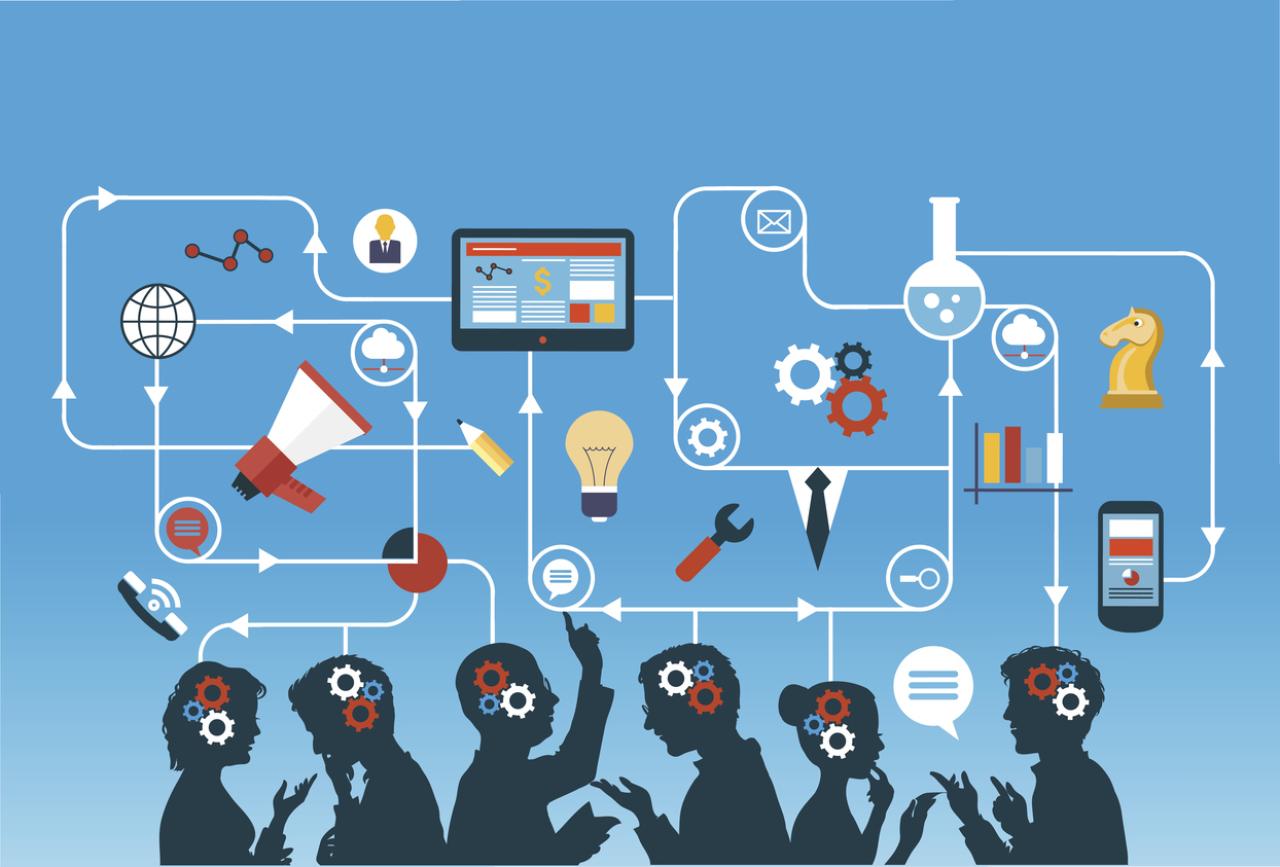In today’s rapidly evolving technological landscape, emerging technologies present both opportunities and challenges. While they have the potential to address global challenges and improve societies, they can also widen existing inequalities for marginalized and underprivileged groups. To offset these disparities, it is crucial to prioritize equity and inclusion in technological advancement.

The Importance of Equity and Inclusion
Equity aims to achieve parity in outcomes by ensuring a fair allocation of resources and opportunities, with a focus on historically disadvantaged communities. Inclusion, on the other hand, encompasses cultivating a sense of belonging and providing assistance throughout the entire lifespan of technological innovation. It involves ingraining these ideals in procedures and outcomes to ensure that the benefits of technological progress are accessible to all individuals.
Challenges in Prioritizing Fairness and Inclusion
While the principles of fairness and inclusion are paramount, they pose challenges in various domains such as precision medicine, quantum computing, and decarbonization technologies. Overcoming these challenges requires innovative approaches that dismantle existing barriers and promote the democratization of technology.
Democratizing Technology for Accessibility
In the realm of accessibility, ensuring widespread availability of technology is crucial. Bridging the digital divide and eliminating disparities in digital access are essential goals. The advent of the World Wide Web revolutionized access to information, surpassing the combined collections of physical libraries worldwide.
Extended Access and Social Inclusion
Extended access to technology plays a vital role in addressing social exclusion by providing a wider range of choices for a broader group of users. It enables individuals who rely on alternative methods of access and assistive technologies to participate fully. For instance, the introduction of screen readers, voice synthesisers, and Braille displays has significantly expanded possibilities for individuals with visual impairments.
Designing for Fairness and Technical Accessibility
In designing technology, it is crucial to prioritize fairness, bypass exclusion, and strive for technical accessibility. Biomedical engineering and disease modeling platforms, particularly in precision medicine, highlight the importance of recognizing the ancestral backgrounds of patients. Diversifying the lineage of cellular material deliberately ensures the creation of tools that can effectively serve the global population.

Harnessing the Power of Big Data for Equity and Inclusion
The integration of machine learning techniques with large-scale datasets, known as Big Data, has revolutionized various industries. It enables companies to extract valuable insights from complex datasets, leading to advancements in business and societal frameworks. However, the potential of Big Data extends beyond these benefits.
Identifying Systemic Injustices and Hidden Biases
Big Data provides in-depth insights that can help identify and address systemic injustices. It enables the evaluation of the effectiveness of inclusivity efforts and ensures different perspectives are represented in decision-making processes. Moreover, Big Data plays a crucial role in analyzing and identifying hidden biases within algorithms that underpin artificial intelligence systems. By addressing these biases, more fair and just technological frameworks can be developed.
Governing Big Data for Equity and Inclusion
The application of an inclusion framework to Big Data requires careful governance to prevent discrimination and ensure the fair distribution of benefits among all segments of society. A principled approach is necessary to leverage the opportunities presented by Big Data and enhance the social fabric with diversity, equity, and inclusivity.
Promoting Equity and Inclusion Across Technological Domains
Equity and inclusion are integral components within modern technical domains. They play a crucial role in addressing inequalities and vulnerabilities that span various realms, including health, economy, education, and society. Addressing these challenges requires a cohesive and continuous endeavor on a global scale, involving policymakers, leaders, scientists, and citizens.
Conclusion
The integration of equity and inclusion in an era of rapid innovation is essential to ensure that technological advancements benefit all individuals. By prioritizing fairness, accessibility, and the democratization of technology, we can create a future characterized by inclusivity. It is through impactful and transformative measures that we can guarantee that no individual is excluded or left behind.
